Phase One
The Phase One IQ3 – What You Need to Know
Along with the new XF Camera System announced today, Phase One has also released a new range of digital backs. The IQ3 is the next generation for Medium Format that work seamlessly with the XF. Continue reading to see all the new goodies!
Brand new 80mp Sensor with Long Exposure
The IQ380 features a brand new sensor exclusive to Phase One. It is the first and only 80mp sensor to provide long exposures – up to one hour long. The dark frame technology Phase One uses has also been significantly improved with the IQ380, making for even cleaner long exposures than with the IQ260. Contact us for raw file samples to judge for yourself.
For clarity, the IQ360 and IQ350 use the same great sensors used in the IQ260 and IQ250.
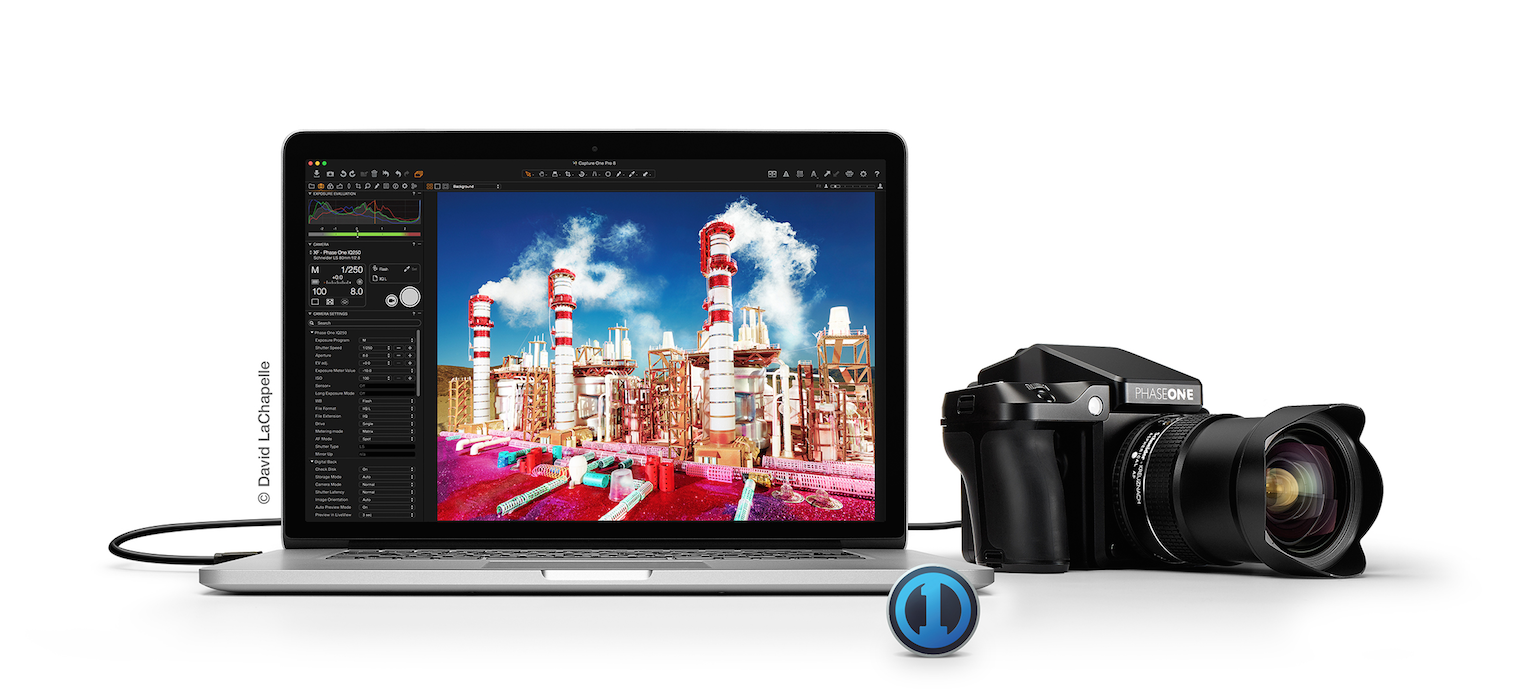
Faster Tethering
Recently we spent a few hours with a “competitive” brand of medium format digital cameras; it was a stark reminder of just how far ahead of its competition Phase One is when it comes to tethering. Even when shooting dozens of 80mp frames in a row, the most recent capture is shown in Capture One almost immediately after capture.
Regardless, Phase One is not resting on its laurels. With Capture One 8.3 and the IQ3 (and IQ2 after firmware update) Phase One tweaked every part of the capture pipeline to increase the speed of tethering even further. Phase One is claiming up to 30% faster shot-to-preview times. Digital Transitions will be performing our own in-house tests to evaluate the real world improvements. Stay tuned for those results.
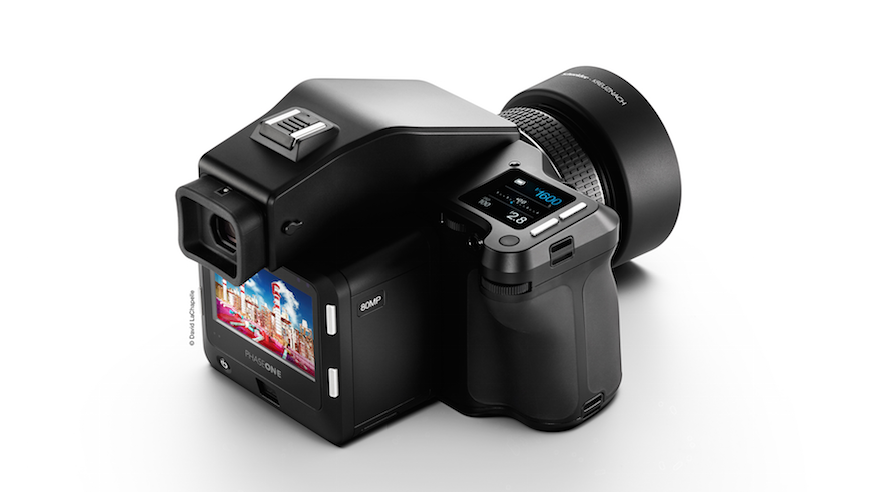
Camera Controls via Back or Software
Previous Phase One digital backs offered access to some of the settings of the body via the digital back menu. The IQ3 (and IQ2 after firmware update) provides much more. A single tap on the digital back brings you to a replica of the body’s top-facing LCD. Here you can use the touch interface to make any change you can make on the body itself, including all settings, putting the mirror up and taking a capture. This will be especially useful for photographers who need reading glasses to read the text on the smaller top-facing LCD, since the rear LCD is significantly larger. It’s also a welcome tool when shooting with the camera mounted high on a tripod or camera stand.
Capture One 8.3 provides this same level of control, completing eliminating the need to go the camera position to change settings, exposure, put up the mirror or initiate a capture.
Both locations even show a live exposure meter reading. Having this directly alongside the histogram and heat map of the current image makes for very intuitive adjustment of exposure.
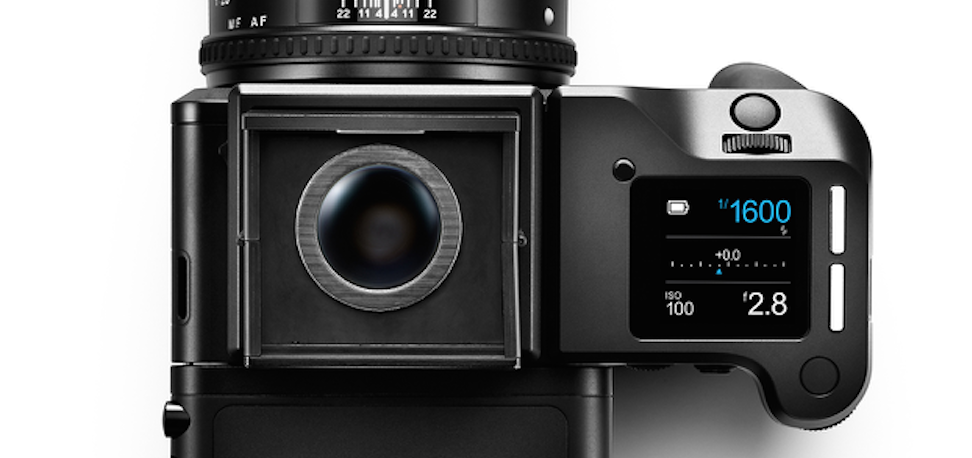
Shooting from Live View
When using live view on the IQ3 (and IQ2 after firmware update) you can now capture from live view. It’s as simple as clicking the shutter (or cable release). The captured image will be previewed for a few seconds (or not, you can change this in the settings), and then live view will resume.
The same thing is true in Capture One 8.3. Simply push the capture button, use the command-K keyboard shortcut, or step on one of Digital Transitions’ foot pedal triggers, and Capture One will do the rest. The shutter will close, fire, and reopen; live view will pause during this process and automatically resume after the capture.
In either case the leaf shutter is the only thing that fires. The mirror and focal plane shutter do not move, so vibration is nearly zero.
The Heat Map Exposure Evaluation Tool
Histograms are great but they are very limiting. They show the range of tones inside the frame, but not where those tones are. You can’t use a histogram to place a particular subject in a particular exposure zone, and histograms are terribly useful in low key or high-key situations.
The new Heat Map provides an overlay that shows exactly how bright or dark each area of the frame is. It provides amazingly powerful exposure evaluation while still being fast to reference and easy to understand.
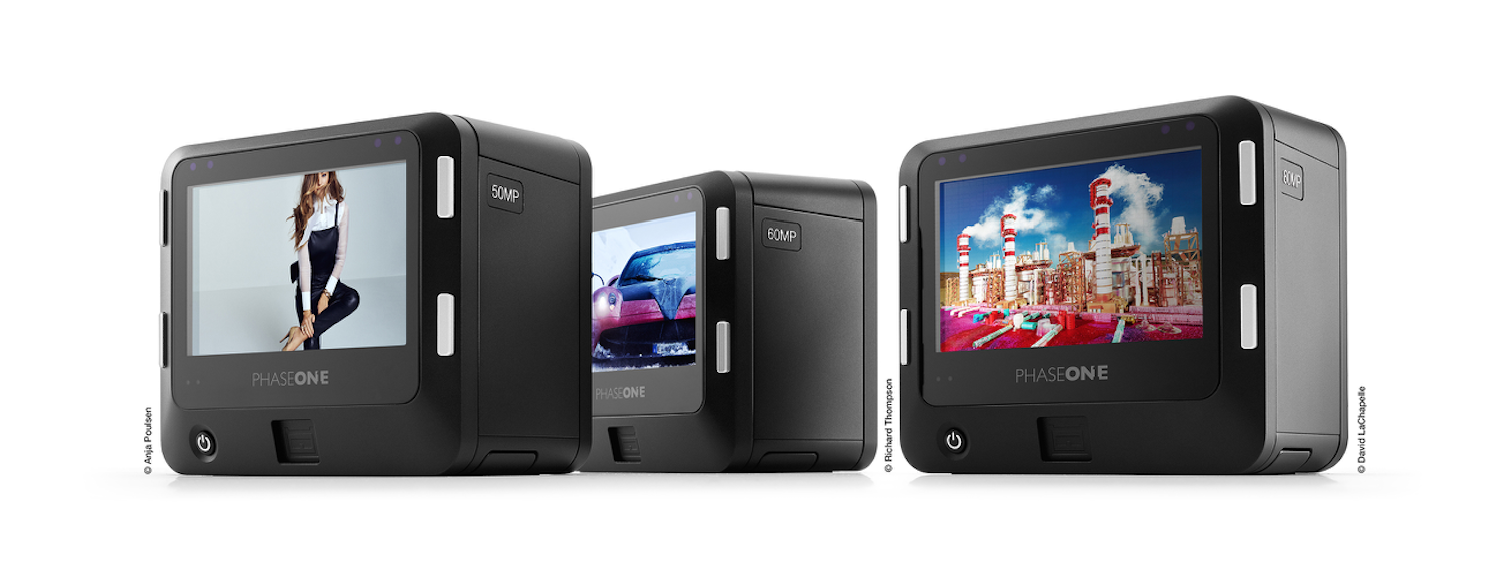
Clipping Warning
The highlight warning tool has been improved in the IQ3 (and IQ2 after firmware update). It can now show a clipping warning that is based off the raw data (rather than preview) and shows only hard-clipped values, which are those beyond the safe reach of the highlight-recovery tool in Capture One.
Sensor Temperature Graph
All Phase One digital backs capture a dark frame after any successful capture. Ideally this dark frame should be captured in the same temperature as the main exposure.
This is also useful for monitoring how warm a sensor is getting while shooting many long-exposures in a row. In a back-to-back sequence of ten 3-minute exposures the last exposure will have the noise characteristics of a 30 minute exposure, as the sensor will have been on (nearly nonstop) for 30 minutes by the time it is complete. It doesn’t take long after a capture for the heat to dissipate because the entire Phase One IQ chassis is one large heat sink designed to keep the sensor cool. You’ll sometimes notice the case gets warm to the touch, an un-intuitively good sign, as it means the heat sink is moving the heat away from the sensor, where it causes noise, to the outside where it can quickly dissipate. The sensor temperature graph gives you an easy way to track this heat and dissipation.
If you don’t shoot long exposures (e.g. more than 10”) then you should really disregard the temperature graph; the impact sensor heat has on image quality is only significant during long exposures.
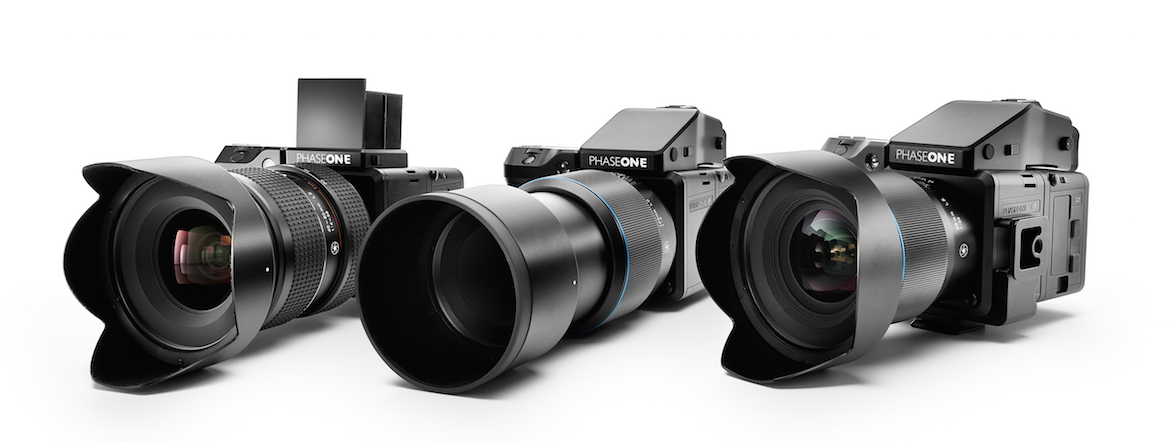
IQ260 / IQ250 for Hasselblad H & Hasselblad V
Power Sharing with an XF body is the only feature of an IQ3 that won’t be provided to current IQ2 owners. Power sharing is provided by the modern architecture of the XF; it cannot be done when using an Hasselblad H or Hasselblad V. With this in mind, it didn’t make sense to make a back labeled IQ3 for the Hasselblad H and Hasselblad V. Since the IQ380 also has a new sensor (allowing 80mp long exposure), it is available in H and V mounts.
Phase One continues to support these other bodies and future backs which have features that aren’t specific to the XF will continue to be released on all platforms.
In addition, the IQ260 Achromatic will continue to be available only in an IQ2 flavor. This monochromatic back is one of our favorite products, offering unparalleled sharpness, true B+W capture, and is the best infrared digital back we’ve ever worked with. But, it’s a niche rather than high-volume product and will not updated to an IQ3.
We know it’s a bit confusing at first; if you need any help understanding what models are available in what mounts, or what models allow what features, just give us a call and we’ll be glad to step you through it.

Wait, Where’s Contax?
Digital Transitions LOVES the Contax body. It had great German glass, an optional waist level viewfinder which provides metering, simple intuitive operation, super durable mechanics, minimalist design, and uses a compact, inexpensive battery. The newly released Phase One XF body ticks off literally every one of those boxes while adding things the Contax never had, like a sync speed of 1/1600th.
Still, there is something special about the Contax system; if nothing else, the nostalgia factor can’t be beat. Unfortunately it has been years since this body was made new, and supplies of used bodies and parts/service/repair are waning. As of today Phase One will no longer make Contax mount digital backs. Here at Digital Transitions we’re so sad about this that we’re throwing a wake for the end of the era of Digital Contax. Shoot us a tweet if you’d like your words of remembrance to be read there.
Phase One will continue to provide service and support for the Contax backs it has sold for many years to come. As an indication of how seriously Phase One takes support of discontinued products look no further than the Phase One FX+ scan back, which was only end-of-life’d last year, more than15 years after it’s initial release.
Digital Transitions still has a few more NEW Contax digital backs, the last that will ever be made. We expect to sell through this supply within two months (maybe faster when word gets out) so contact us today if you’re interested in purchasing or demoing a Contax digital back.
By the way, if you love the Contax 80mm f/2 lens (and who didn’t??), read our article titled “Big Buttery Bokeh on the XF: the Contax 80/2, Zeiss 110/2, Schneider 110/2.8, Schneider 130/2.1, and Mamiya 80/1.9” in which we mount a Contax 80/2 to the XF with great results.
[ninja_forms_display_form id=”8″]
(212)529-6825
Contact Us:
Phone: 1.877.f/ortless (367-8537)
Email: info@digitaltransitions.com

